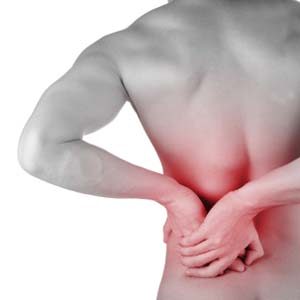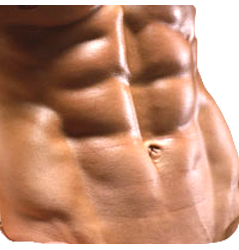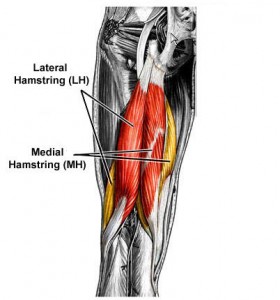For those who know me well, it is safe to say I am an “ACL geek” of sorts. I love studying, reading and searching for the best way to rehab and prevent these injuries. As I have grown in the profession, I have become increasingly concerned with articular cartilage damage and the long term effects it has on our young athletes.
Perhaps I am getting more concerned as my knees aren’t getting any younger either (lol). Anyway, I truly believe we often underestimate how deleterious cartilage injuries can be long term. In addition, I feel we, as rehab and conditioning professionals, need to better understand how our training impacts the cartilage regardless of whether patients had a concomitant bone bruise with their ACL injury or not.
One of my favorite prehab exercises is a single leg hop and stick (see below)

I typically begin with an alternate leg approach (push off right and land on left) prior to initiating takeoff and landing on the same leg to teach proper landing mechanics. By now, we know increasing hip and knee flexion, as well as shifting center of mass forward reduces ACL strain and injury risk through a diminished extension moment.
However, what we may not know as much about is how an ACL reconstruction alters tibiofemoral joint mechanics at such a landing. I want to share some interesting information from a recent article in the September edition of The American Journal of Sports Medicine. The article by Deneweth et al. looked at tibiofemoral joint kinematics of the ACL reconstructed knee during a single-legged hop landing.




